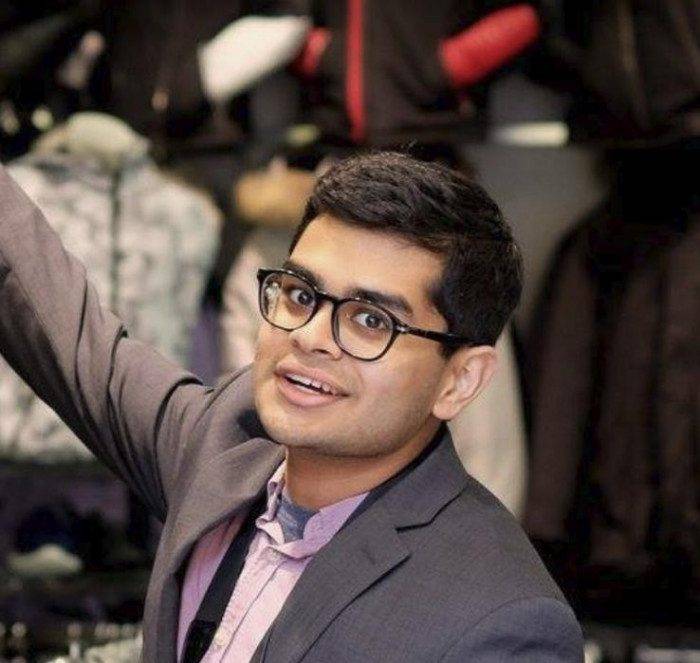Exploring The Audacious Move To Bring Internet To Africa’s Remotest Parts Through “Flying Cell Towers”

Despite the best efforts of some of the world’s most capable tech companies, internet penetration across the globe still stands at 59 percent.
According to GSMA which represents mobile operators worldwide, there are roughly 4 billion people still without internet access globally. And this is 2020!
With 5G connectivity still in its fetal stages and 4G still in its infancy especially in parts of the developing world, one US-based startup is adopting a rather audacious approach in an effort to offset the infrastructural deficit that is the major drawback to extensive, reliable connection in parts of the globe where internet access is lacking.
Spooky Action is a Minnesota-based startup that is testing something called Telelift; an attempt to create “flying cellphone towers” which will literally keep “internet” hovering in some of the remotest parts of the world that are otherwise cut off.
The startup uses drones the size of a dining table, which are attached to the ground by a long wire and, according to their maker, can stay in the air for at least a month. Spooky Action now wants to deploy Telelift in areas with poor internet coverage, beginning in Kenya, Niger, Botswana, and Senegal.
Telelift is the idea of a 22-year-old named Rahul Tiwari who studied Engineering at Purdue University in Indiana. His drones hover at 200 feet while attached to solar panels or a power source on the ground, using around the same amount of power as a microwave.

Source: F6S
Tiwari told CNN Business that he was actually trying to come up with something that would aid the fight against poaching in parts of Africa when he came upon the “flying internet” idea.
Tiwari initially intended his drones to be used as anti-poaching “flying watchtowers” in Africa, but when he spoke to industry insiders, he saw a bigger potential.
“If we took the drones that we were building — that were very powerful, they could fly for a very, very long time — and basically stuck 4G routers on them, we could bring the internet wherever we want it,” he said.

Outside the main cities, mobile coverage tails off significantly in parts of the developing world. Tiwari is now looking to work with network providers to target suburbs, where they can cover the most people per drone.
The idea is to first deal with the suburbs and then move on to more remote areas.
“They [network providers] are willing to pay for a product that can do it,” Tiwari emphasised. “It’s good business and it happens to be good for the world.”
According to the Telelift creator, each drone can provide high-quality internet for several hundred people over a radius of between 20 miles and 30 miles. Thus, remote areas may only need one drone, while suburbs may need several.
The Telelift drones cost from USD 40 K and are fully automated in flight, but would require a pilot for take-off and landing. Tiwari stated that some countries would require more oversight from a pilot.
Tests have been run with Verizon (VZ) and Orange (FNCTF), which used Telelift to deliver internet to the French National Windsurfing Championships in Quiberon, France, last November.
Spooky Action is understood to now be working with non-profit, WeRobotics, which the 22-year-old said is facilitating introductions to African network providers.
However, Spooky Action might see its Telelift intervention face some daunting hurdles in parts of Africa where civil aviation authorities seem not to be ready for unmanned aerial vehicles (UAVs) and are either shooting them down or keeping them grounded.
Featured Image Courtesy: CNN